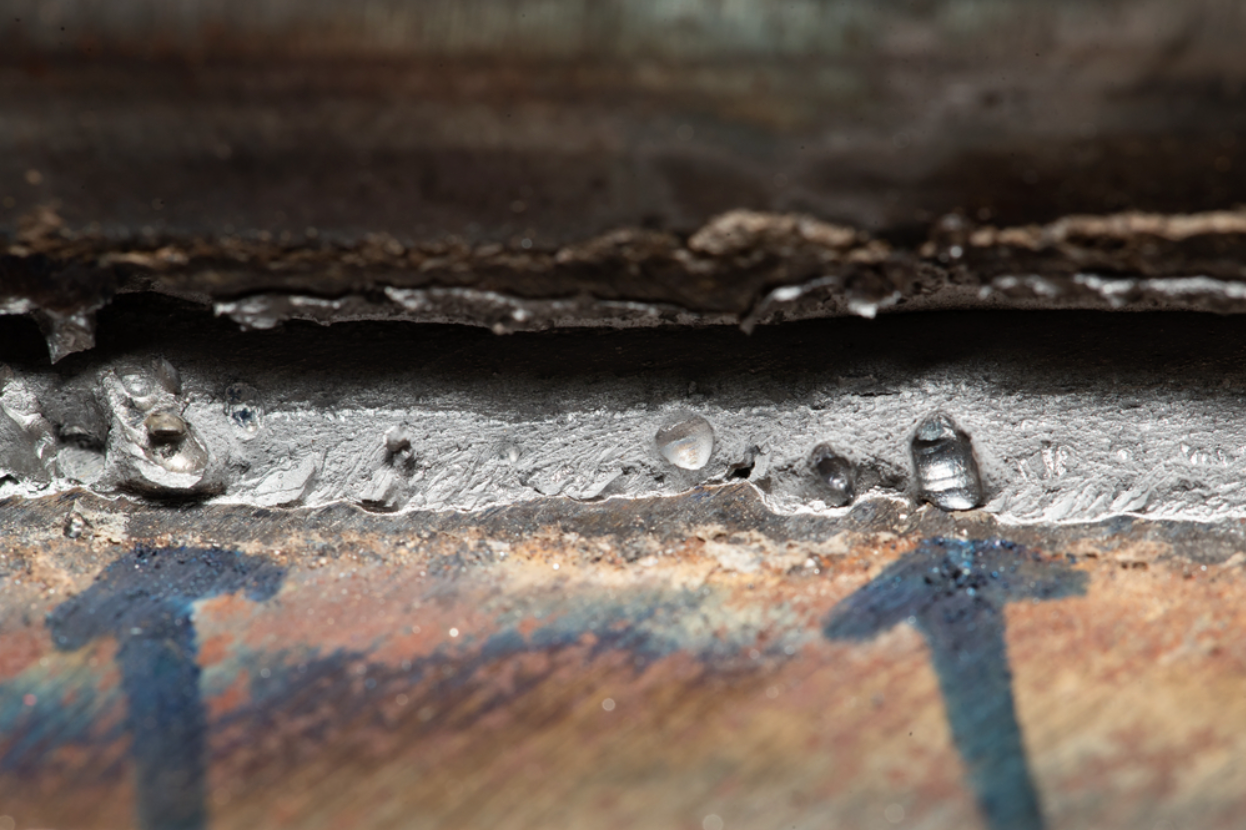Preventing Weld Undercut Made Easy: Trick Techniques Unveiled
Preventing Weld Undercut Made Easy: Trick Techniques Unveiled
Blog Article
Grasping the Art of Welding: How to Avoid Undercut Welding Issues for Flawless Construction Outcomes
Performance and accuracy are extremely important worldwide of welding, where also the slightest imperfection can endanger the architectural stability of a produced piece. One typical obstacle that welders face is undercutting, a flaw that can compromise a weld joint and lead to costly rework. By comprehending the origin of undercut welding and implementing efficient techniques to avoid it, welders can raise their craft to new levels of quality (Preventing weld undercut). In the pursuit of flawless manufacture outcomes, mastering the art of welding to avoid undercut problems is not just a skill however a need for those making every effort for excellence in their work.
Understanding Undercut Welding

To prevent undercut welding, welders need to make certain proper welding specifications, such as readjusting the existing, voltage, traveling rate, and maintaining the proper electrode angle. By comprehending the causes of undercut welding and carrying out precautionary measures, welders can accomplish high-quality, structurally audio welds.
Reasons For Undercut in Welding
Recognizing the aspects that add to undercut in welding is essential for welders to generate premium, structurally sound welds. When the weld metal does not properly load the groove developed between the base steel and the formerly transferred weld metal, damaging occurs. Several factors can cause damage in welding. One common reason is excessive warm input. Welding at high temperatures for prolonged periods can lead to the base metal melting greater than preferred, resulting in damage. Poor welding existing or incorrect welding rate can also add to undercut. Not enough current might not give enough heat to thaw the base and filler steels adequately, while excessive rate can protect against correct fusion, creating undercut. Furthermore, incorrect electrode angles or inaccurate torch adjustment methods can produce areas of low weld steel deposition, advertising undercut. Recognizing these causes and executing proper welding strategies can assist prevent damaging concerns, guaranteeing strong and sturdy welds.
Strategies to avoid Undercutting

To reduce the danger of damaging in welding, welders can utilize critical welding methods aimed at enhancing the top quality and integrity of the weld joints. In addition, making use of the right welding method for the particular joint configuration, such as weave or stringer beads, can contribute to reducing damaging.
Additionally, proper joint preparation, including making sure clean base products without contaminants and using the ideal welding consumables, is critical in from this source stopping undercut problems. Employing back-step welding methods and controlling the weld grain profile can also help distribute warm equally and minimize the threat of undercut. Routine examination of the weld joint throughout and after welding, in addition to carrying out high quality guarantee procedures, can assist in attending to and detecting damaging problems quickly. By executing these strategies diligently, welders can attain remarkable construction results with marginal undercut defects.
Significance of Proper Welding Criteria
Selecting and maintaining proper welding criteria is vital for achieving successful welds with marginal flaws. Welding criteria refer to variables such as voltage, current, take a trip rate, electrode angle, and shielding gas circulation price that straight affect the welding procedure. These criteria should be meticulously changed based on the kind of product being bonded, its thickness, and the welding strategy utilized.
Correct welding parameters ensure the ideal quantity of heat is applied to melt the base steels and filler material consistently. If the specifications are set too expensive, it can lead to extreme warm input, triggering distortion, spatter, or burn-through. On the various other hand, if the parameters are as well reduced, incomplete fusion, lack of infiltration, or undercutting may take place.
Quality Control in Welding Workflow

Final Thought
To conclude, understanding the art of welding calls for a thorough understanding of undercut welding, its causes, and strategies to stop it. By making certain proper welding specifications and applying top quality assurance practices, perfect construction results can be attained. It is vital for welders to constantly advice aim for quality in their welding operations to prevent undercut concerns and create high-quality welds.
Undercut welding, a common flaw in welding procedures, happens when the weld steel does not appropriately load the groove and leaves a groove or depression along the welded joint.To prevent undercut welding, welders must guarantee proper welding criteria, such as changing the present, voltage, travel rate, and preserving the correct electrode angle. Inadequate welding incorrect or present welding speed can also add to undercut.To alleviate the threat of damaging in welding, welders can use tactical welding methods intended at improving the high quality and integrity of the weld joints.In verdict, grasping the art of welding calls for a comprehensive understanding of undercut welding, its reasons, and strategies to prevent it.
Report this page